MINERVA - Journal of History and Philosophy, Volume 5, Issue 1, September 2023
*
"So this eventuality - continues Titulescu - must find us allies with Russia. (it should be emphasized that these words were written a year before the signing of the Treaty of sad memory - Ribbentrop - Molotov of August 23, 1939). I consider Franco-Romanian friendship as an axiom: the Russian-Romanian one is an inevitable axiom. Then France and Czechoslovakia, being allied with the USSR, we cannot continue to remain isolated. It is said today that the difference in ideology would be an obstacle for German-Russian rapprochement. But how long can this obstacle exist? Nobody knows; in any case it will not be eternal. How important it is that Romania concluded the assistance pact with Russia before the German- Russian rapprochement took place; then Russia will consider it useless. I put in these statements all the weight of the political judgment that I have for almost 25 years of public life”.6 This was the clairvoyant Nicolae Titulescu, the one about whom the historian of the nation, Nicolae Iorga, wrote about the "brilliant diplomat" that he is a sensitive and courageous man "for us and for the whole of Europe”.7
6 Ibidem, pp.189-190
7 From "Neamul Românesc", December 14, 1937; idem George G. Potra, Nicolae Iorga – Nicolae Titulescu – Interferences, Bucharest, 2011, pp. 241-242.
that the narrative route is one of the most effective methodologies for intercultural education.
Through the globality of languages and the direct narration of experiences it is indeed possible to realise an exchange of cultural values and to compare 'points of view' on reality. The aim of narrative pedagogy is not so much to increase the volume of narrative materials in the school as to give a 'narrative framework' to the educational process. In this way, narrative is no longer understood merely as the 'object' (the content) of education but as its new and original 'epistemic principle' (educating by telling). Concretely, life stories of migrants, biographies of witnesses, travel diaries, films and documentaries by foreign authors; poems and dramatisations; active participation and forms of collective memory are proposed.
Comparative method
A second way of intercultural education is the comparative method. This involves comparing two or more narratives or views or versions of the same object. What is important on the educational level is the broadening of the vision through the use of a new resource In this way, one gets away from a one-sided and one-dimensional approach to education, avoiding the belief that there is only one true reproduction and faithful representation of a given reality. The comparative method is thus potentially a way to educate to complexity and pluralism, relativity and comparison (but not relativism). Examples of comparisons at school could be: the two figures of Marco Polo and Ibn Battuta; the two holy books Bible and Koran (but more generally the comparison of structural elements of Christianity and other religions); the fairy tale of the European Cinderella and the Arab, or Chinese, or Vietnamese Cinderella; the account of the crusades according to Europeans and according to Arab chroniclers; calendars in different cultures and the cycle of life in two cultures, etc.
"The Other Million. Marco Polo and Ibn Battuta on the Routes of China", by Antonella Fucecchi and Antonio Nanni, Emi, Bologna 2000, (book and video) is an example of a comparative teaching tool to be used at school. Marco Polo (Venetian, Italian, European, Christian, Medieval) and Ibn Battuta (Tangerine, Moroccan, Maghrebi, Muslim, Medieval), the former author of The Million and the latter of the Rihla (travelogues). Through this didactic tool, one can deal with everything that relates to their
Journey, the Look, the Tale. It is also worth mentioning the volume by C. M. Guzzetti, Bible and Qur'an, Synoptic Comparison, San Paolo, Milan 1993, a very useful teaching tool according to the comparative method.
As is well known, the Koran dedicates a series of verses to many characters that are the same as those in the Bible: 502 Verses to Moses; 245 Verses to Abraham; 131 Verses to Noah; 93 Verses to Jesus. There is no Passover in the Koran; no baptism of Jesus; no reference to prophets such as Isaiah, Jeremiah; Ezekiel, Daniel.
In a comparative-historical study between the Bible and the Qur'an, the following relationships could be explored:
- Biblical God - Qur'anic God;
- Biblical prophets - Qur'anic prophets;
- Biblical man - Qur'anic man;
- Biblical law - Qur'anic law;
- Biblical eschatology - Qur'anic eschatology;
- etc.
Deconstructive method
After the narrative and comparative method, we propose the way of deconstruction as the preferred strategy to educate on interculturality. In truth, one should speak of 'self-deconstruction' insofar as everyone is required to deconstruct what is unacceptable in their own culture. When different cultures meet/clash, they are most often in an 'asymmetrical' relationship. It is necessary to move away from an ideology of neutrality, the formal recognition of their equality in terms of value and civilisation is not enough, since the 'power relations' between the cultures themselves and the subjects that carry them remain to be resolved. What to do, then, so that intercultural dialogue is truly a relationship of reciprocity? One possible answer is through the practice of deconstructing prejudices, stereotypes, clichés, deforming images, ethnocentric linguistic categories, etc. This work must be carried out not in the abstract, but by going down to the very concrete terrain of ordinary language, of everyday communication, of the normal tools we use in education... to verify the meaning of deconstruction precisely on them. To bring about this change, it is necessary to 'build by deconstructing'. In other words, to construct a new (planetary) memory by deconstructing the dominant memory, which is ethnocentric but passes itself off as planetary. Deconstruction should therefore be understood as the promotion of the capacity to question
oneself, to revisit and revise one's ideas. It is a process of revision, of relativisation, of historicisation, of decentralisation of one's conceptual categories. In school, this didactics of 'deconstruction' can be implemented on at least four levels: linguistic-conceptual, relational-psychological, instrumental, structural. By placing oneself in a situation of deconstruction, the other is incited to do the same. This creates the principle of reciprocity: everyone can give and everyone can receive something.
As examples of deconstruction I would like to point out:
- the deconstruction of the concept of human races (since they do not exist in the plural);
- the deconstruction of the concept of intelligence (think of Howard Gardner's theory of multiple intelligences);
- the deconstruction of the way of narrating the transition from prehistory to history, which attaches importance above all to writing and undervalues oral culture instead;
- the deconstruction of male-dominated philosophy that never makes recourse to female figures who have made a contribution to the history of thought (consider that even school textbooks recount the history of philosophy from the pre-Socratics to the post-Nicene without ever mentioning a woman!);
- the deconstruction of the many prejudices that persist in public opinion about Islam;
- etc. etc.
Method of decentralisation (or points of view)
After the narrative, comparative and deconstructive methods, here we come to decentralisation. Educating to intercultural confrontation means first of all growing the capacity to decentralise one's own point of view, learning to consider one's own way of thinking not the only possible or the only legitimate one, but one among many. The anthropological and educational value of decentralisation lies in the pathway out of egocentrism and ethnocentrism. Decentralisation contains within itself an antidote to intolerance and racism. It is a democratic apprenticeship, a training to learn to accept the partiality of one's own truth, never totalising, never absolute, never definitive. Decentralisation requires accepting one's own limitations and mistakes, recognising that one needs others, being willing to listen and collaborate. All this requires a willingness and inner security that find their
origin not on the level of knowledge but in a serene affective maturation. It is through confrontation with others that new points of view can be discovered. It is important, therefore, that the school really characterises itself as a place of confrontation, structuring activities and paths that favour group work rather than individual work, mutual listening rather than frontal teaching, flexible learning contexts rather than rigid pre-structured paths. It is about discovering that for the other I am the other. Being seen and told by others helps us to relativise our point of view and sometimes to make us more aware of how we are. Concrete examples may be: the discovery/cognitive of America as seen from the Indians' side; the history of the West as told by the Iroquois; the Crusades as seen by the Arabs; Colonialism in Africa as told by the Africans; when the immigrants were us (letter from an Italian emigrant to Australia in the 1950s); the Sino-centric map (drawn by Chinese cartographers that places Europe to the North West of the planisphere and therefore 'decentralised'); the Little Red Riding Hood fairy tale told from the wolf's point of view; the fairy tale of the three little pigs according to the point of view of each of them; their 'parents' and the wolf who arrives at the end, etc.
Method of recognising cultural debt
Here we come to a method that is a bit special, but very important for intercultural education: it involves leading the pupil to recognise the cultural debt that his or her own culture has towards other cultures. Indeed, many cultural realities (words, utensils, foodstuffs, plants, animals, symbols, rituals, etc.) that today are considered an essential part of 'my' culture, once did not belong to me. Then, through cultural exchanges, cross-fertilisation, hybridisation, borrowing, etc., they became incorporated into my culture to such an extent and so deeply that we have perhaps forgotten it today. This is what the recognition of cultural debt is for. It is about making children discover that, for example, so many terms we use in the Italian language are originally Arabic; that numbers in mathematics are Arabic; that the zero
(0) was passed on to us by the Arabs who borrowed it from the Asian Indians; that so many food products come from the Americas; that literary masterpieces such as Dante's Divine Comedy must recognise their debt to earlier works such as 'The Book of the Ladder of Mohammed' (ed. SE, Milan 1991).
The method of action (or pedagogy of gestures)
In addition to knowledge and attitudes, intercultural education must also be able to value gestures, actions, behaviour, i.e. the pragmatic way of active citizenship education. To form 'more welcoming minds' and intercultural attitudes in young people, it is also important to promote initiatives and actions, because gestures have great educational value.
Let's make a quick list of examples:
- inviting one or more immigrants to school for a direct confrontation;
- organising a twinning or other forms of cultural exchange (inter- school correspondence) between different schools;
- participating in anti-racism initiatives;
- planning a visit to the Mosque or Synagogue or a Buddhist centre, etc.;
- setting up an intercultural exhibition;
- preparing a show with ethnic music;
- organising a peoples' festival (even cooking ethnic dishes);
- etc.
Plan actions and initiatives, always taking care to make pupils grasp the educational value of the gesture.
The playful way
Play is also an important tool for intercultural education. We are thinking above all of kindergarten and primary school, but with the right dosage and tricks it can also be used in secondary schools. Children, teenagers and young people show a great desire to get 'in the game'. The problem lies rather with the teachers, not all of whom are and not always willing to 'play'. Particular emphasis should be placed on didactic games, which express reality in an analogical way, and allow the problems they symbolically depict to be experienced without taking the risks. Through the playful way to interculturality, direct involvement is emphasised, putting oneself at stake through simulations, role-plays, dances, theatrical performances, ramatisations, etc. Furthermore, to practise interculturality as a method of thinking is to do interculturality by first enhancing what the subject curricula already contain. That is, to follow the ordinary way... hence, interculturality as the new normality of education. Interculturality is never censorship, impoverishment, a less... interculturality is always an
enrichment, an expansion, a more. Do interculturality by examining textbooks and supplementing them with other aids and materials that offer richer and more correct information.
To do interculturality by correctly employing cultural mediators who know how to act as bridges, foster inclusion, facilitate exchange, bring cultures closer together. To create interculturality by making interculturality indicators more visible in ordinary teaching equipment, for example by setting up a multicultural shelf with thematic paths, bridge-characters, bilingual books, etc.; by providing a plurality of cultural mediators in the classroom; by providing a plurality of cultural mediators in the classroom; by providing a more correct and richer education.For example, setting up a multicultural shelf with thematic itineraries, bridge-characters, bilingual books, etc.; providing a plurality of planispheres; having evaluation sheets printed also in bilingual models (Italian/Chinese, Italian/Albanian, Italian/Arabic, Italian/Urdu); disseminating knowledge of the Theory of Multiple Intelligences (H. Gardner); preparing a Vademecum for reception and a linguistic First Aid...
In conclusion, there are many reasons to choose interculturality, and there are many ways to achieve it in schools and in society. It is a cultural, anthropological, ethical, political choice. It means rejecting a model of society as a space of separate identities in order to build together a democratic coexistence, the space of the plural and global community.
A PATH OF THE THOUGHT OF WORK PSYCHOLOGY
from Frederick Winslow TAYLOR to Serge MOSCOVIC
di Arturo CAMPANILE
The topic is particularly interesting and stimulating and creates a series of questions which, in their subsequent answers, have given rise to further chains. So I try to put some reflections on paper.
Work absorbs most of the time and as such is one of the most important aspects of daily life. This predominant aspect gives particular importance to the thought of Work Psychology in working environments, where the more we meet, we confront each other and where, more frequently, tensions and frictions are created in everyday life.
Before starting to talk about Frederick TAYLOR's Taylorism, I prefer to make a very rapid mention of some of the protagonists of the theorization of work, without whom this discussion could not even begin:
- Adam SMITH "An Inquiry into the Nature and Causes of the Wealth of Nations" - 1776.
- Carl MARX Das Kapital (The Capital) - 1867 / 1894
- Emile DURKEIM De la division du travail social (The division of social labor) - 1893
- Jacob LEVI MORENO - Sociometric Test, Role Theory, Role- Playing, Psychodrama, Sociodrama - 1934)
However, another event changed the course of history: the Congress of Vienna (September 22, 1814 - June 10, 1815) which sanctioned the end of the Napoleonic period.
To give an anthropocentric vision of the worker, and thus begin to talk about the subject in question, we must begin by dating the transition between the conceptions of Men Objects and Men Subjects.
Exactly Pier Giorgio GABASSI places the origin of Work Psychology in the precise historical moment of the end of the nineteenth century, a moment in which capitalism carries out a full modification of its spirit, preparing for the second Industrial Revolution, as well as placing its energies on the solid foundations resulting from the Congress of Vienna of 1815.
At the end of the 19th century, we passed from Liberal Capitalism (based on a harmonious vision of the convergence between the common interest and individual interest) to the Monopolistic Capitalism of Large Enterprises.
"THE FUTURE OF YOUNG PEOPLE"
- PARADOXES OF THE LOST FUTURE -
Opinions elaborated during the deepening of the Psychology of Work and Organizations
Arturo CAMPANILE
When examining the Psychology of Work and Organizations, we often talk about the book "PRAGMATIC OF HUMAN COMMUNICATION" (1967) A STUDY OF INTERACTIONAL PATTERNS, PATHOLOGIES AND PARADOXES" (Paul WATZLAWICK, Janet HELMICK BEAVIN,
Don D. JACKSON) The study of this text proved to be particularly interesting by showing, among all the indisputable theories, some minimal elements that are affected by the time that has elapsed since their writing.
A premise. The study of neurons has currently progressed and, congruously on what is exposed in the book, it is currently considered that they receive various information from the multiple Dendrites communicating, by means of the Synapses, a single information through the single Neurite through Biochemical exchanges (also analog, as correctly stated). The last statement of paragraph 2.55 "... To sum up.
Humans communicate with both the numeric and analog modules" is perfectly consistent with the current state of knowledge. The book "Pragmatic of Human Communication" is affected by the further scientific updating of recent years. In paragraph 2.5 [Numerical and analog communication], in point 2.51, it inaccurately equates, nowadays, Analog Computers (now rare) to Numerical Calculators (today defined as Digital).
I have been pleasantly struck by countless links between three books: "PRAGMATIC OF HUMAN COMMUNICATION A STUDY OF INTERACTIONAL PATTERNS, PATHOLOGIES AND PARADOXES" (Paul WATZLAWICK, Janet HELMICK BEAVIN, Don D. JACKSON - (W. W.
Norton & Co. - Inc. - New York);
"Non prendete caramelle dagli sconosciuti ... Abuso Maltrattamento, Incuria dei minori: aspetti psicologici, sociali e giuridici" ("Do not take sweets from strangers ... Abuse Maltreatment, Neglect of minors: psychological, social and legal aspects") (Luciana IOSCA, Massimo SANTORO - Edizioni Brunolibri - 2009);
"I giovani e il futuro: dalla minaccia alla speranza" ("Young people and the future: from threat to hope") (Tonino PALMESE - Rubettino Publishing - 2005).
I begin with a sentence that comes from the book "Young people and the future: from threat to hope": And since the psyche is healthy when it is open to the future (unlike the depressed psyche all collected in the past, and the manic psyche entirely focused on the present), when the future closes its doors or, if it opens them, it is only to offer itself as uncertainty, precariousness, insecurity, restlessness, then 'the terrible has already happened' because the initiatives are extinguished, the hopes appear empty , demotivation grows, vital energy implodes in this case as well ".
We come from generations that have undergone the systematic deconstruction of values in the post-1968 years with the sympathy for the transgression mentioned by Dario MELOSSI in his book ("State, social control, deviance" - Bruno Mondadori Editore - 2002). From this point of view, the question of the last generation overwhelmingly arises to which empty values have been delivered, filled not with the Antinomies that pervaded the period, which then resulted in the French May, but with dangerous paradoxes that have slowly knotted double ties on the majority of values attributable to superior ethics.
The Austrian biologist Ludwig Von BERTALLANFY, in 1968 published his main volume "General systems theory" writing in the introduction:
«Thinking in terms of systems plays a dominant role in a wide range of sectors ranging from industrial companies and armaments up to to the most mysterious themes of pure science » in the wake of the Palo Alto School
and the "Pragmatic of Human Communication" we can add this reflection also to the Social and interpersonal communication. BATESON defines Social Psychology as the study of individuals' reactions to the reactions of other individuals completely immersed in a huge magmatic cauldron where each component modifies itself and the other elements in a game which, although abstract, assumes an order through sequential processes. The System itself is interactive and is engaged in the innumerable processes of defining the nature of their relationships.
In all of this, the past "Carrot/Stick" parenting system (also influenced by the enormous leap forward made by Science and Technology) began to creak and yield and then collapsed completely. The real problem, according to the writer, consists in the inadequate model that replaced the previous one. The answers to interactions on asymmetrical positions (parents/children) were previously oriented towards Yes / No (perhaps even
antinomic but still valid), later on this negative track of the uncertainty of the answer to give, we entered the minefield of Maybe/It Could Be/Maybe (taking breath away from a nascent pragmatic communication) to give life to a new way of giving answers not without Paradoxes and Double Binds.
The real difference that differentiates the Antinomy [from the Greek Anti (against) and Nomos (law)] and the Paradox consists in the presence in the first of two solutions both mutually exclusive and contradictory (but equally demonstrable) and in the second of an unsolvable contradiction which likewise renders all connected reasoning without solution. In short, there are three types of Paradoxes:
a. Logical-Mathematical Paradoxes (Antinomies) [Class of all classes are not classes of themselves].
b. Paradoxical Definitions (Semantic Antinomies) [I am lying].
c. Pragmatic Paradoxes (Paradoxical Injunctions [The soldier barber who is ordered to shave all soldiers who do not shave themselves
- REICHENBACH-] Paradoxical Predictions [The school director announces to the pupils that there will be an unexpected exam next week]).
In my previous work experience as a programmer I have sometimes encountered some Logical-Mathematical Paradoxes that had hints of Double Bind; entering the computer in a circularity with no exit, the classic technical LOOP occurred which required an interruption of the execution of the program in question.
In today's society Pragmatic Paradoxes usually occur in dyadic, triadic or polydyadic relationships, and the ability to react to a paradoxical message would require considerable effort. The authors of the text " Pragmatic of Human Communication" specify this in the example in which a secretary is ordered to write an inaccurate sentence "Chicago is a populous city and it is trisyllable" under penalty of dismissal in case of opposition. The secretary should oppose through Metacommunication (to escape the trap of the dilemma) but in addition to being a difficult thing, it would still be quite a feat to be able to "communicate on communication".
Ther forms that are devastating in emotional and parental relationships are apparently harmless statements that conceal Pragmatic Paradoxes:
"Be spontaneous!", "You should love me", "Don't be so obedient".
Being caught up in these unsolvable dilemmas if not through a superhuman effort of applying Metacommunication and breaking the Redundancies and pre-established schemes, in the search for a new self-
regulating construction of the necessary Homeostasis, are the privilege of a few (who according to the DSM 5 could also have significant pathologies of concern).
In the midst of my analysis of such a fascinating sector I try to bring together Religion and Science (both tending to a single End) reflecting on the simple and sincere type of communication to which JESUS exhorts in the Gospel According to Matthew 5:37 "Let your language be: the your yes is yes, your no is no; the superfluous proceeds from the evil one". In fact, on page 45 of the book "Pragmatic of Human Communication" we find this statement "
In reality it seems that the more spontaneous and healthy a relationship is, the more the relational aspect of communication recedes into the background". Conversely, "sick" relationships are characterized by a constant struggle to define the nature of the relationship, while the content aspect of the relationship becomes less and less important".
Furthermore, an important value is recognized in the "Punctuation of the Sequence of Events" where each element (often in dyadic and circular form) turns out to be Stimulus, Response and Reinforcement of the anomalous sequence. There are feedback loops where everyone charges the other with a responsibility now lost in the mists of time and whose original cause is unknown.
Another interesting point lies in the criticality and danger of the "Double Bind". In our current situation of instability (the Liquid Society of BAUMAN) we can identify an overwhelming majority of "Double Binds" in everyday interactions.
We describe the elements of the Double Bind:
1) Two or more people are involved in an intense relationship (family, friendship, love, material addiction, etc.)
2) In this context a message is given:
a. He asserts something,
b. He asserts something about his own assertion,
c. These two statements are mutually exclusive,
3) The recipient of the message is prevented from withdrawing from the scheme established by the message either by commenting on it (Metacommunication) or by withdrawing into himself. The message itself is Paradoxical and is usually forbidden (more or less obviously) to show a real awareness of the contradiction and/or the real problem at hand. If the person has correct perceptions, they are called "bad" or "insane" for communicating that there is a discrepancy between what they see and
what they should see. In "The Wife of Bath's Tale" (The Tale of the Wife of Bath), the story of a Knight of King Arthur, CLAUCHER proposes the break of the mold with the sentence:
"I do not fors the whether of the two" (I do not choose either [alternatives]), thus breaking the yoke of the absurd Double Bind.
The concept of the Black Box represents one of the answers to the difficulties of our times, whereby rather than struggling to try to modify the inside of the box, it is more effective to monitor the Input and Output of this strange and wonderful human brain.
The family is considered a system, certainly partially open and partially closed. As Von BERTALLANFY says: "The principle of equifinality characterizes the stationary state of open systems: that is, contrary to what occurs in Closed Systems where the initial conditions determine the equilibrium state, in Open Systems only the Parameters of the system determine the state that is independent (even temporarily) of the initial conditions". The family nucleus finds its balance (healthy or unhealthy) in its internal and external interactions.
The Game without End: in our current society some rules of the past have taken on a dangerous value. In the game of lovers there is always that (especially female) ability to communicate one's feelings in reverse: I say "no" (but I think "yes"), "I can't tomorrow" (let's hope he insists), "do as you pare" (don't move from there) and so on. The book "Pragmatic of Human Communication" describes the Endless Game which, by expressing the opposite of what it is intended to say, ends up confusing Communication and Metacommunication to arrive at an impossible exit from the game itself.
I would like to conclude by drawing attention to the possibility of using, in our interactions, a new type of communication capable of restoring to each symbol, to each word, an intrinsic and extrinsic meaning in conformity with reality, a necessary option in this world which is becoming increasingly technological and less and less poetic (unfortunately and fortunately).
Arturo CAMPANILE












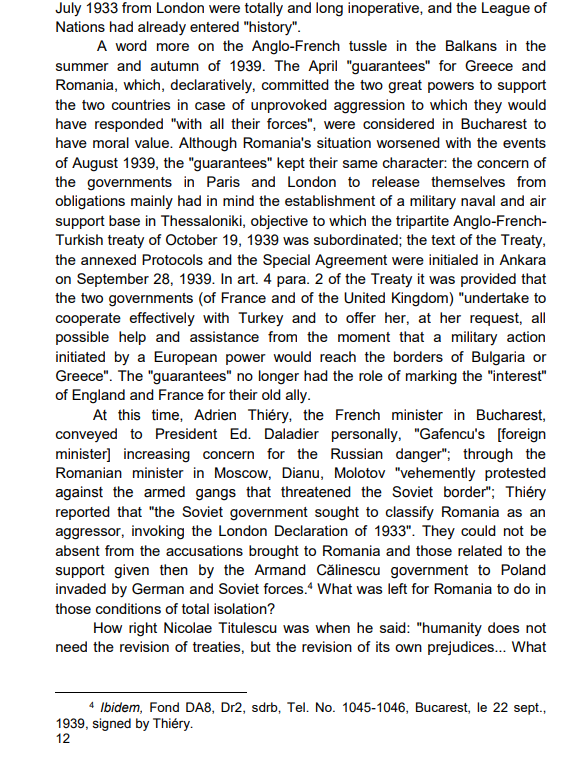









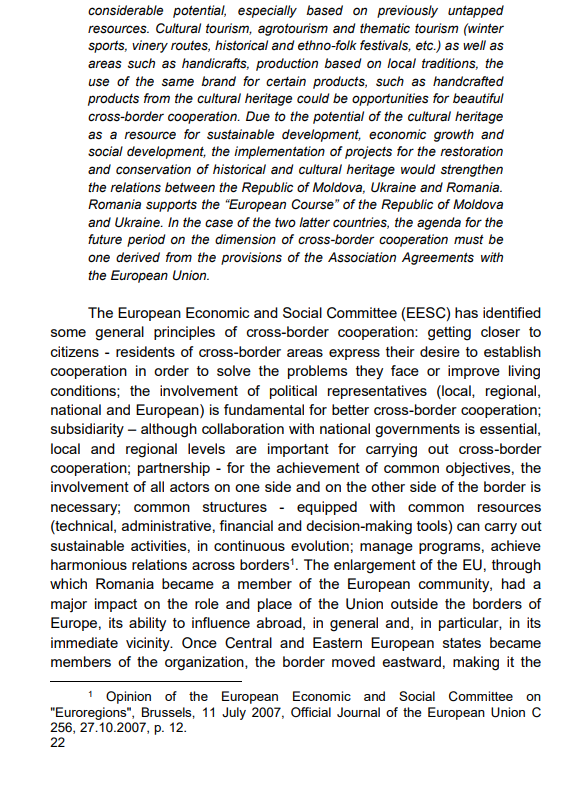
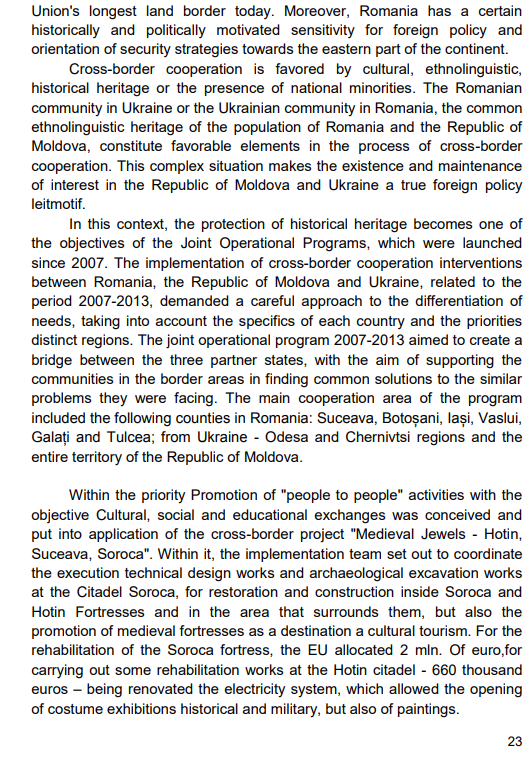





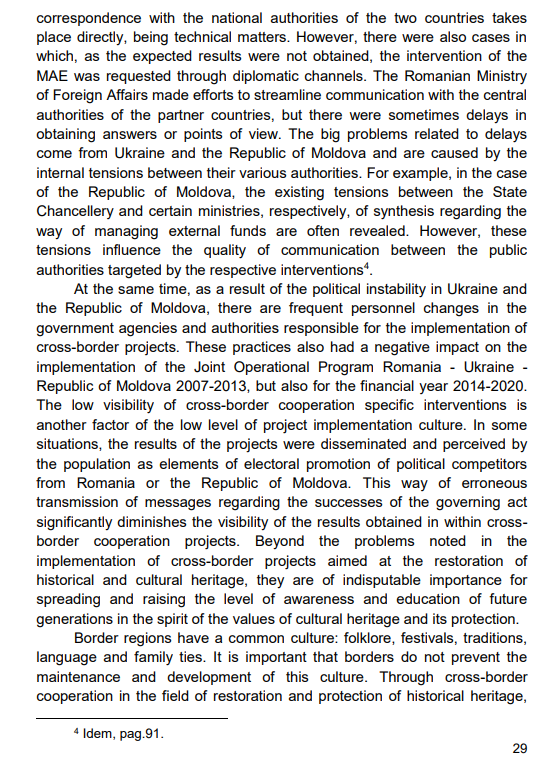

















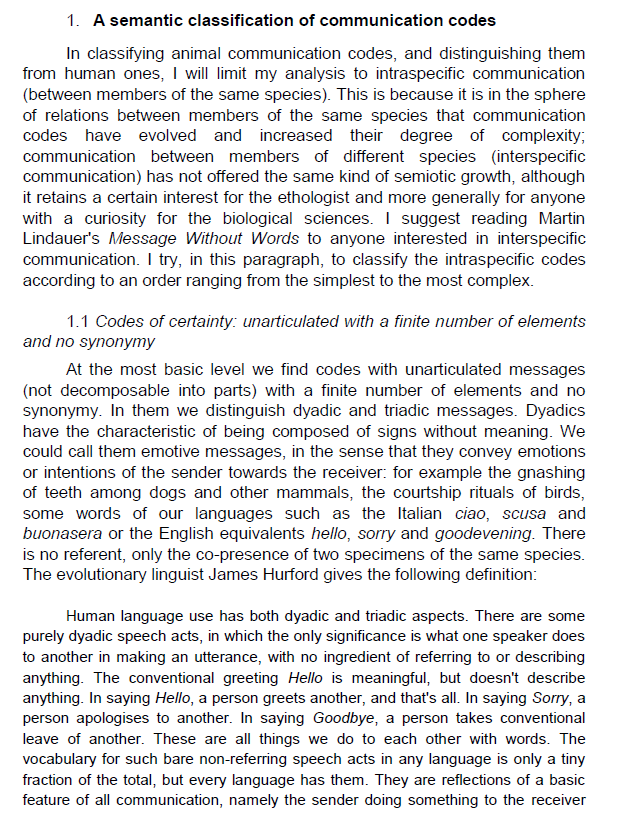

















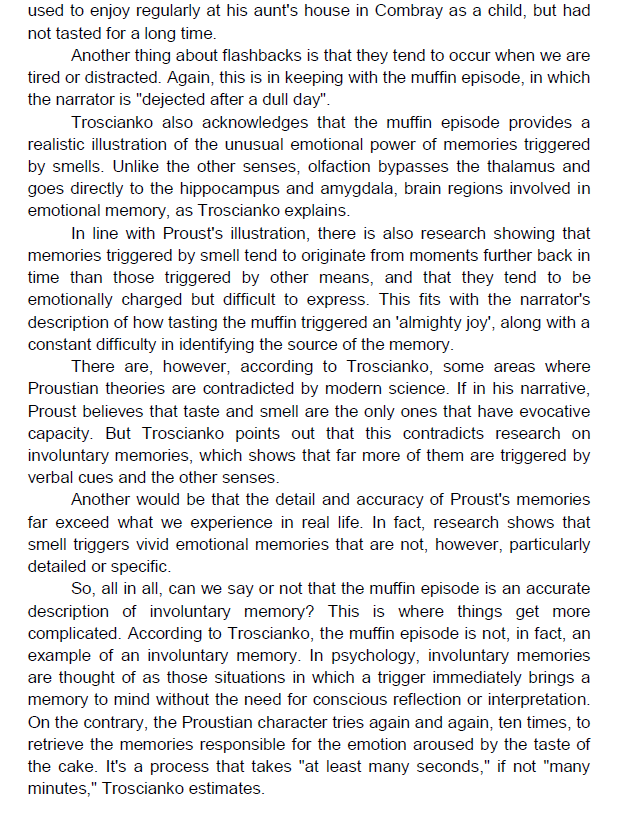








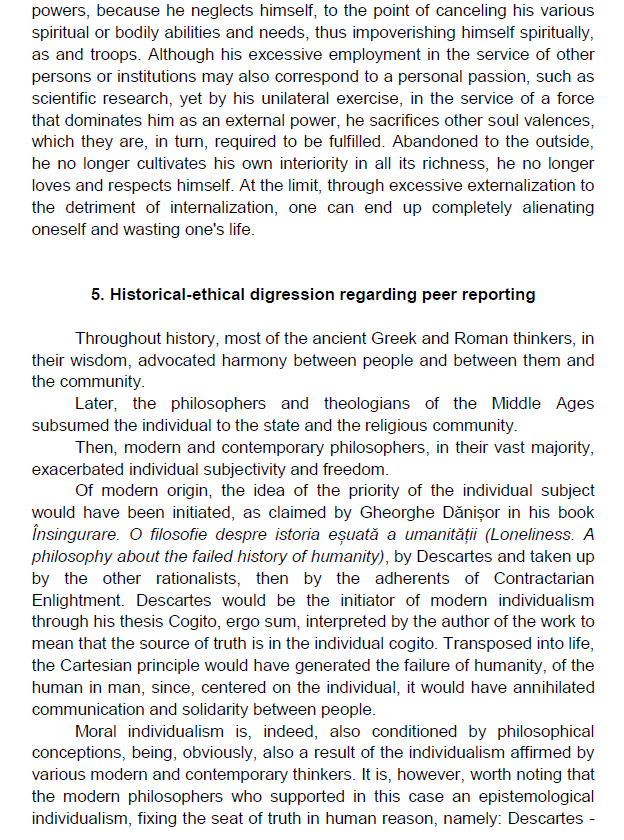







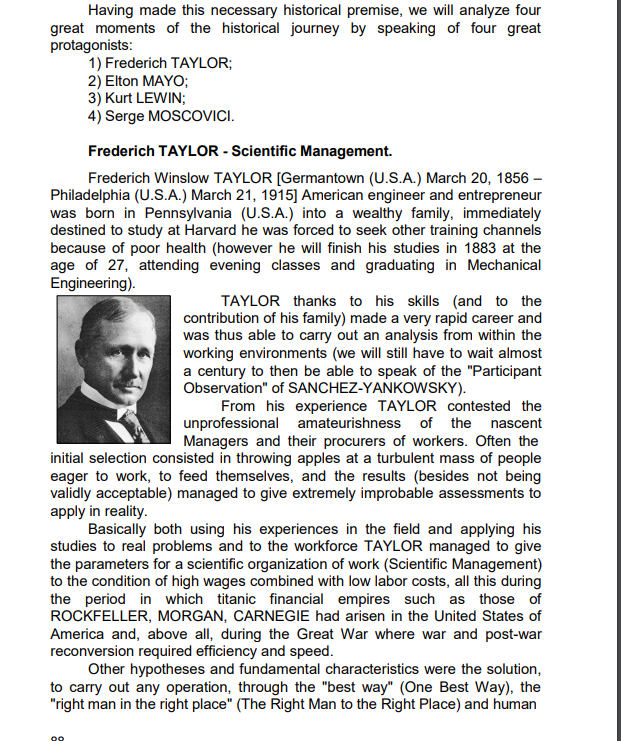

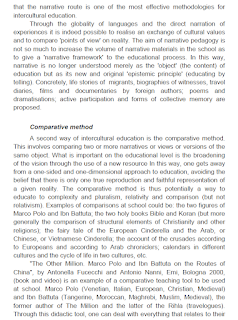






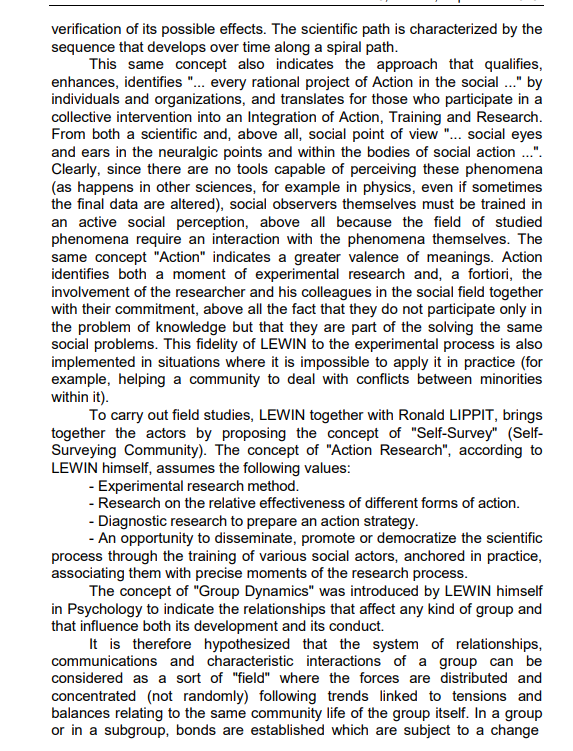






Comentarii
Trimiteți un comentariu